Ingres, Degas and Matisse
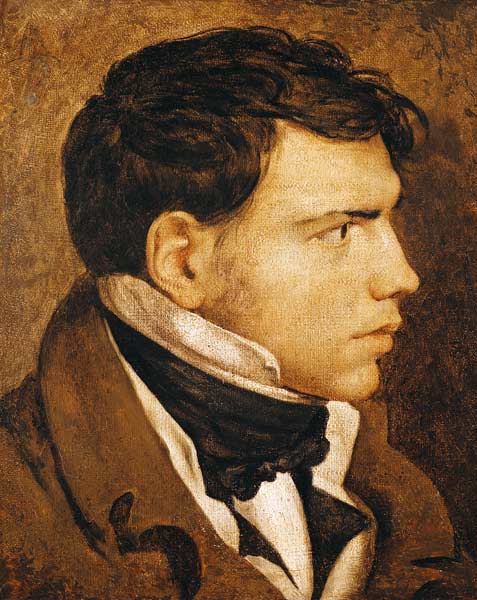
Fig. 1. Ingres, J. Portrait of a Young Man (Unknown) 
Fig. 2. Ingres, J. Joséphine-Éléonore-Marie-Pauline de Galard de Brassac de Béarn (1825–1860), Princesse de Broglie (1851-1853) 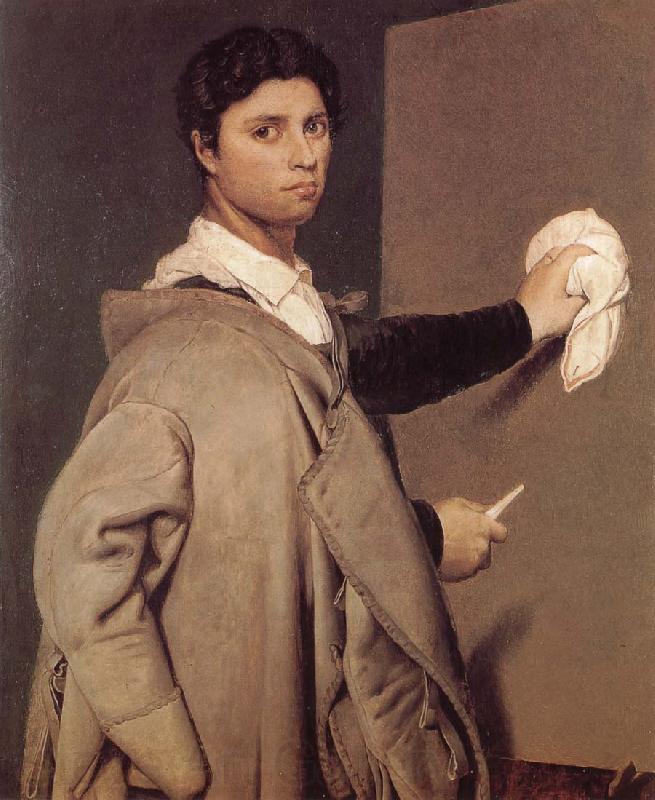
Fig. .3 Ingres, J. Self-Portrait at at 24 (after 1804) 
Fig. 4. Degas, E. Dancer (c. 1880) 
Fig. 5. Degas, E. Three Dancers in an Exercise Hall (c. 1880) 
Fig. 6. Degas, E. Dancers at the Barre (c. 1900) 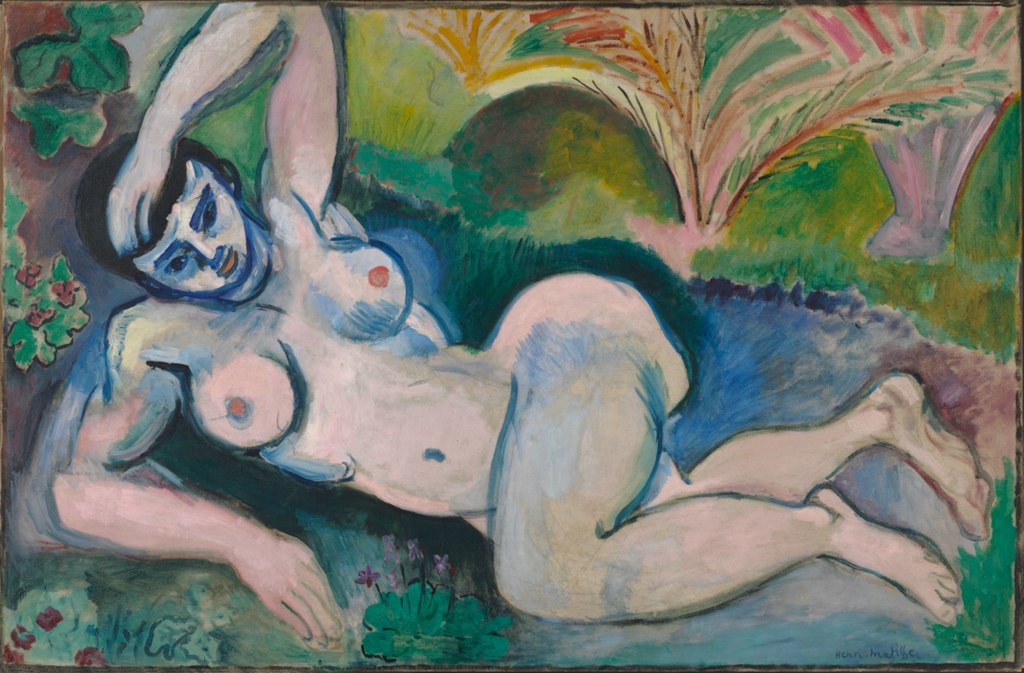
Fig. 7. Matisse, H. Blue Nude (1907) 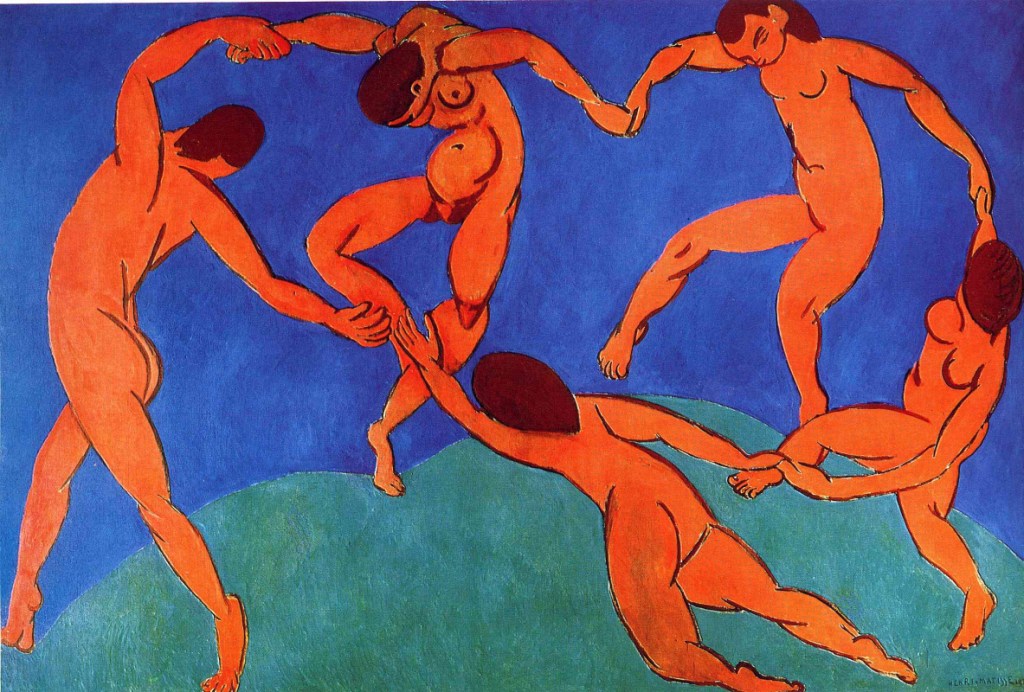
Fig. 8. Matisse, H. Dance (1909 – 1910) 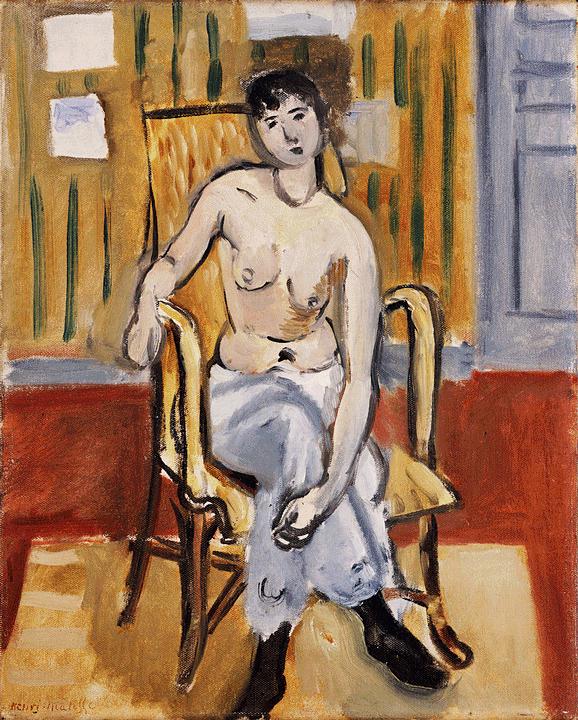
Fig. 9. Matisse, H. Seated Figure, Tan Room (1918)
This part of the course begins with the suggestion to look at several artists (as shown above) and how their works use line as their main means of expression.
If I had not read the instructions within my course manual, I would not have really noticed that the works of Ingres and Degas are actually mostly just flat colours and do not really show much in the way of shadows However, regardless of this, there is still a great amount of depth within the pieces, hence my initial lack of understanding. I think this is actually rather impressive as Matisse’s work is much clearer to see. Matisse’s colours are much flatter and blockier than the others, and hold much more vibrancy. Perhaps that is the reasoning behind the lack of understanding I had originally. This is something to really take on board and consider going forward within my own work.
Exercise One: Drawing the Human Figure
For this exercise, I took advantage of the Life Drawing Live! episode which had aired recently (and which I had previously took part in during the first aired episode in February, ready for this part of the course). The results can be viewed by clicking here.
Exercise Two: Linear Figure Study
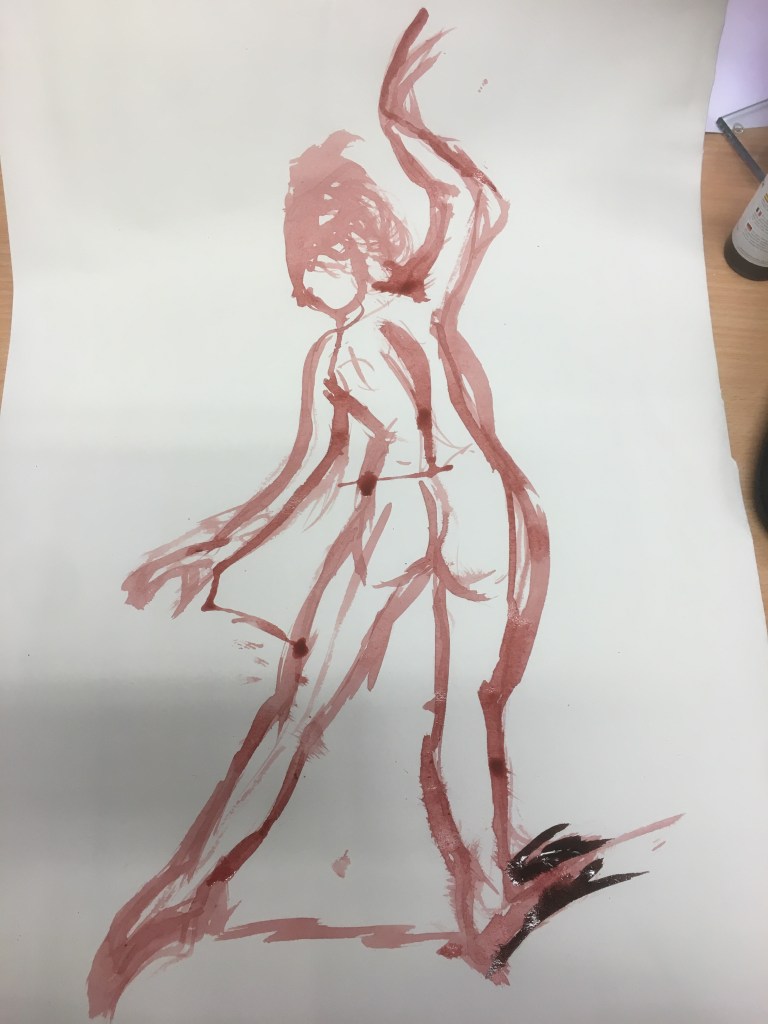
Step 1 
Step 2 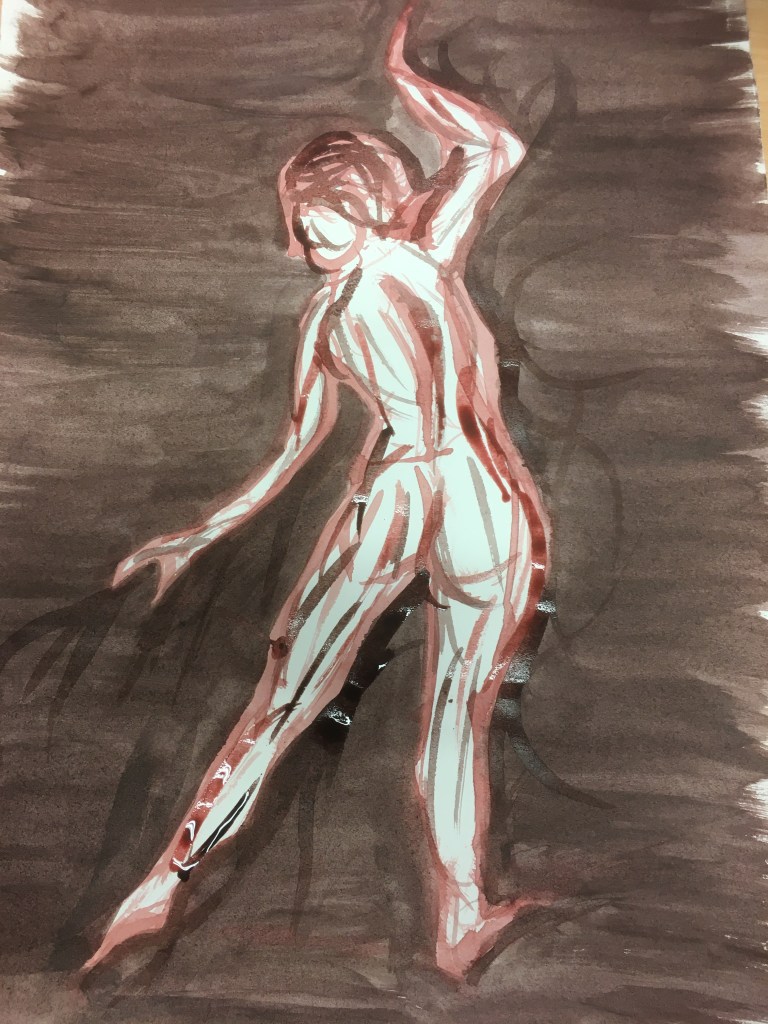
Step 3 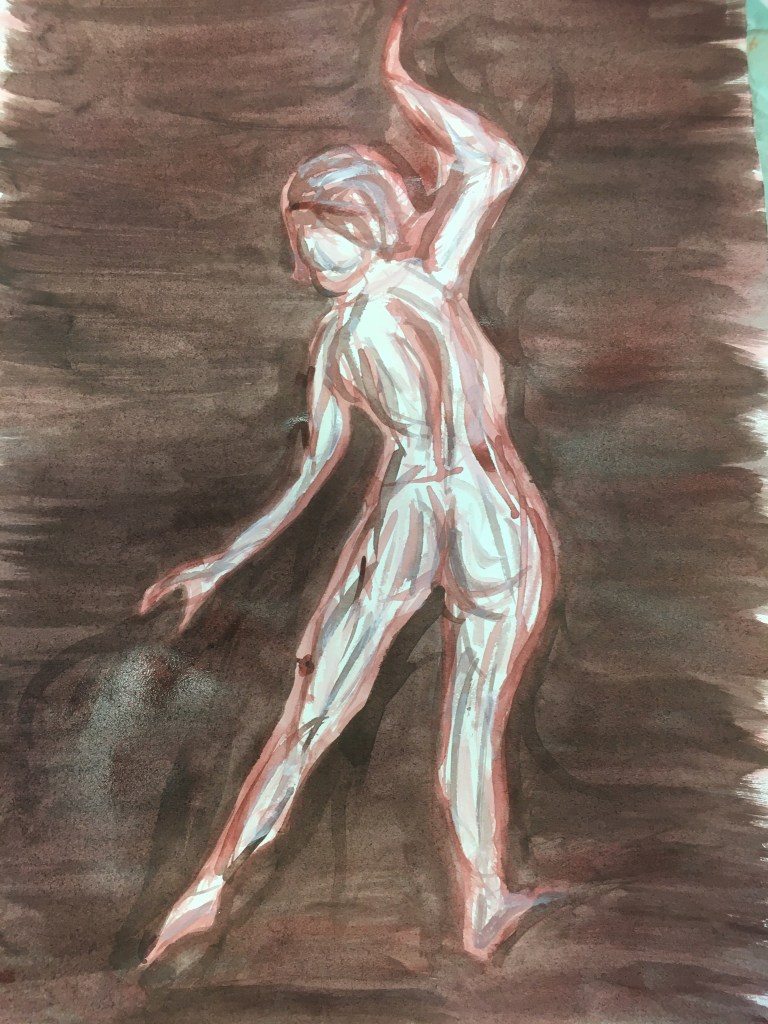
Final Piece
This exercise was to create a linear study of the human form, so I chose a pose which I found very fluid in nature and which I could just allow the lines to flow. I began with a brown wash to create simple lines of the pose. I then added a darker brown background wash across the page and covered the excess lines which did not suit the piece. Once the piece had dried, I added some of the darker brown as shadows in a linear way, both within and around the figure. Finally, I created several different hues from the two colours I had originally used to create a little more depth and interest to the figure.
I really enjoy working in a linear way and the depth line can create. I really like the depth you are able to build by adding layer upon layer, upon layer, upon layer. Whilst I did this as a quick exercise, I can see how this would be rather interesting as a larger, more detailed piece with several different layers of the same colour but in different hues and with differing levels of thickness within the paint to add texture to the pieces. This is something I will consider further down the line.
Exercise Three: Tonal Figure Study
For this exercise, I began by creating a neutral wash on a page but decided to create a little texture within it to add a little something extra to the piece. I also decided to attempt creating the piece by using a palette knife to create the piece due to never having created a painting in this manner.
I then used the same wash to quickly paint a rough outline of my model onto the page. I then mixed up a darker shade and applied this in the darkest tonal areas. I then began to lighten the mixture little by little, moving from left to right, from the darkest patches to the lightest. I then went back over and lifted out the darkest areas and fine-tuned the form of the subject which I felt was becoming lost during the application process. I then finished by using a wash of the original colour to attempt to soften the background shadowing, which I feel was rather successful.
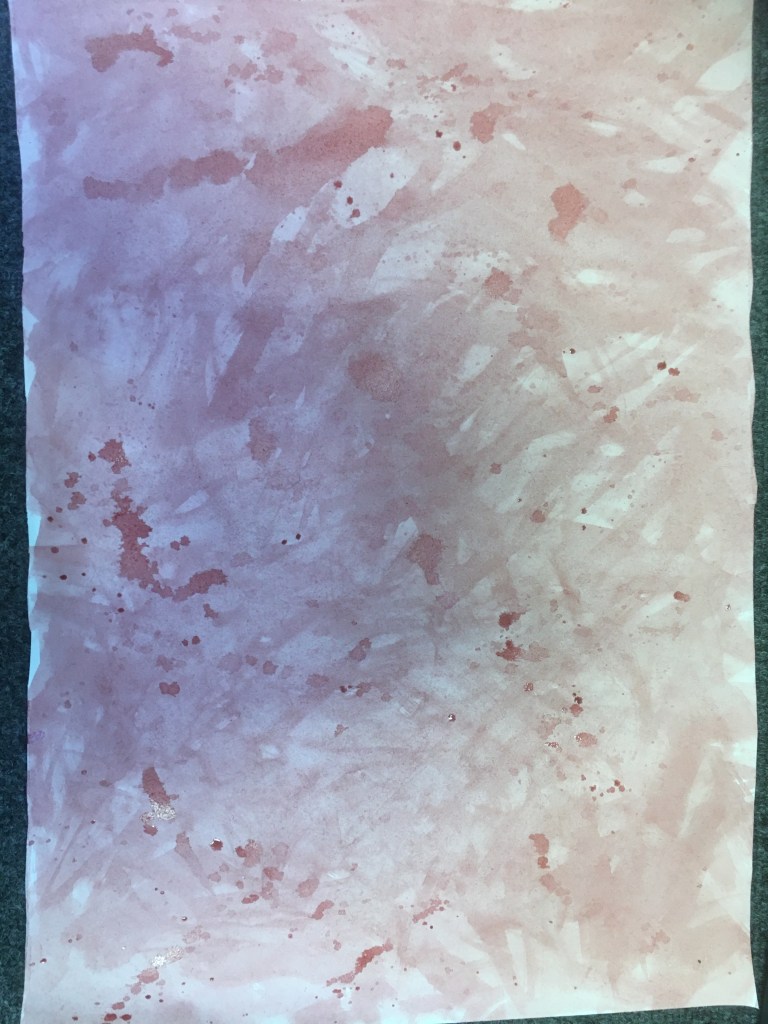
Stage 1 
Stage 2 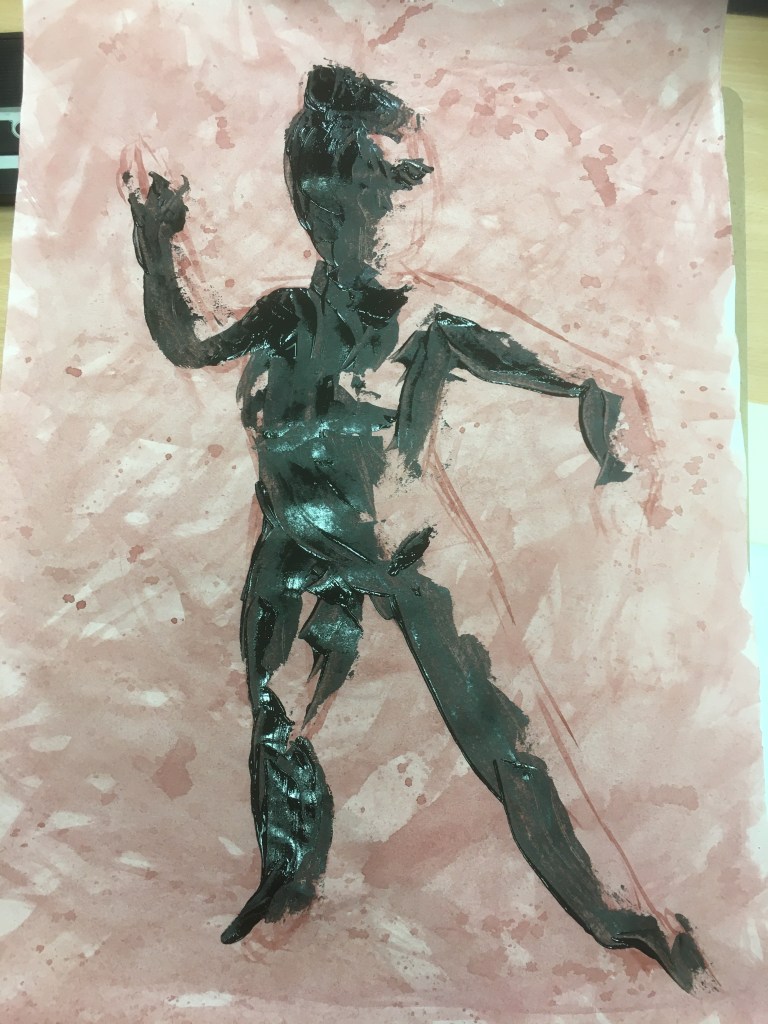
Stage 3 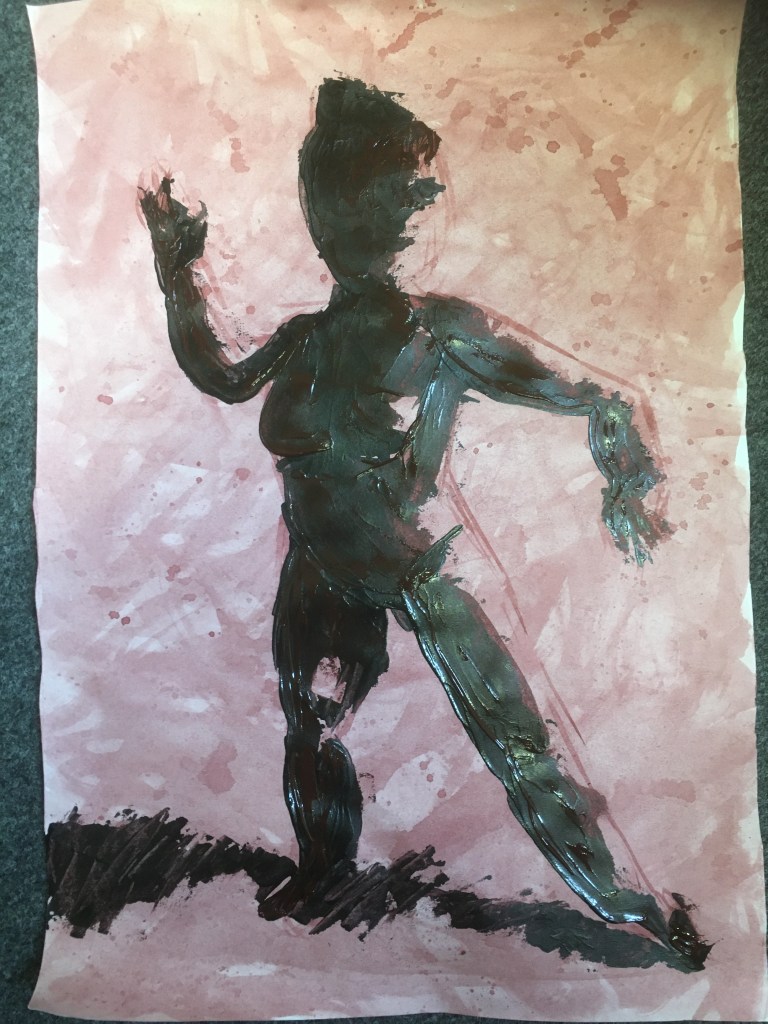
Stage 4 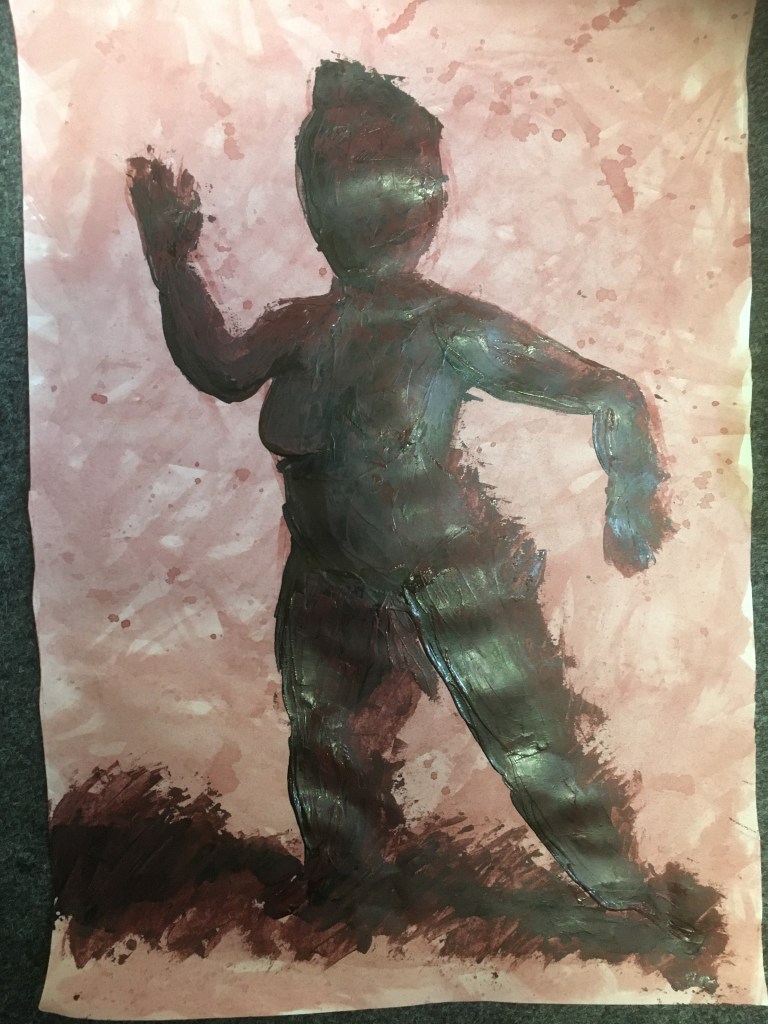
Stage 5 
Stage 6 
Stage 7 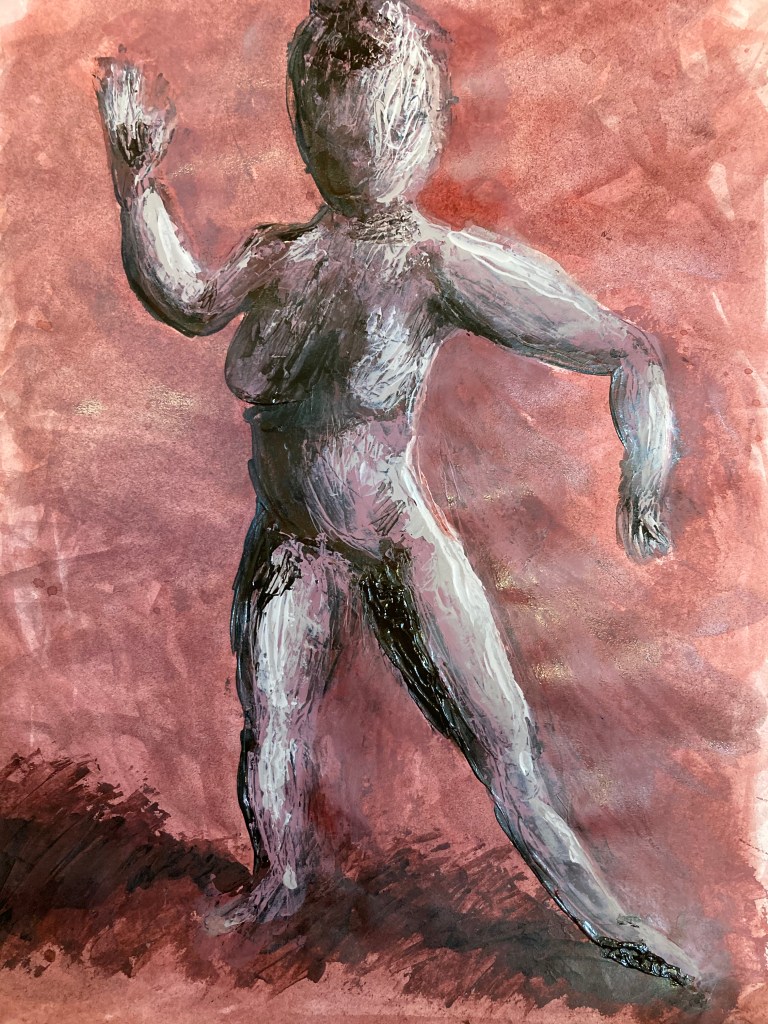
Finished Piece
Having never worked in this manner before, I feel there is a lot of room for improvement and refinement of technique, and the end piece is not perfect by any means, however, I thoroughly enjoyed it and really like the textures and colours which show through as a result of the scratching technique. I think the piece holds a lot of movement and texture. Perhaps the texture is misplaced with regard to the human form being rather fluid, however, I feel it adds a sense of a person’s inner turmoil when trying to appear fluid and elegant on the surface. This exercise has definitely taught me a lot with regard to letting loose and just allowing chaos to ensue!
List of Illustrations
Fig. 1. Ingres, J. (Unknown) Portrait of a Young Man [Oil on Canvas] At: https://www.myartprints.co.uk/a/jean-auguste-dominique-ingres/portrait-of-a-young-man-46.html (Accessed on 29 May 2020)
Fig. 2. Ingres, J. (1851-1853) Joséphine-Éléonore-Marie-Pauline de Galard de Brassac de Béarn (1825–1860), Princesse de Broglie [Oil on canvas] At: https://www.metmuseum.org/art/collection/search/459106 (Accessed on 29 May 2020)
Fig. 3. Ingres, J. (after 1804) Self-Portrait at at 24 [oil painting] At: https://commons.wikimedia.org/wiki/File:Julie_Forestier_Ingres_autoportrait_1807.jpg (Accessed on 29 May 2020)
Fig. 4. Degas, E. (c. 1880) Dancer [Pastel and charcoal on blue-gray woven paper] At: https://www.metmuseum.org/art/collection/search/344210 (Accessed on 29 May 2020)
Fig. 5. Degas, E. () Three Dancers in an Exercise Hall [Unknown] At: https://www.wikiart.org/en/edgar-degas/three-dancers-in-an-exercise-hall/ (Accessed on 29 May 2020)
Fig. 6. Degas, E. (c. 1900) Dancers at the Barre [Oil on canvas] At: https://www.artsy.net/artwork/edgar-degas-dancers-at-the-barre (Accessed on 29 May 2020)
Fig. 7. Matisse, H. (1907) Blue Nude [Oil on canvas] At: https://upload.wikimedia.org/wikipedia/en/b/b5/Matisse_Souvenir_de_Biskra.jpg (Accessed on 29 May 2020)
Fig. 8. Matisse, H. (1909 – 1910) Dance [Unknown] At: https://blog.artsper.com/en/a-closer-look/art-analysis-dance-by-henri-matisse/ (Accessed on 29 May 2020)
Fig. 9. Matisse, H. (1918) Seated Figure, Tan Room [Unknown] At: https://www.k-state.edu/english/westmank/impressionism/matisse_seated_figure.htm (Accessed on 29 May 2020)



One thought on “Part 3: Project 1: Observing the Human Figure”